详细说明
Species Reactivity
C. botulinum
Specificity
Detects recombinant C. botulinum BoNT-D Heavy Chain in direct ELISAs and Western blots. 100% and approximately 10% cross-reactivity with recombinant C. botulinum BoNT-C1 Heavy Chain is observed in Western blots and direct ELISAs, respectively. In direct ELISAs, no cross-reactivity with the Heavy Chains of BoNT-A, -E, or -G or the Light Chains of BoNT-A, -B, -C1, -D, -E, -F, -G is observed.
Source
Monoclonal Mouse IgG 2B Clone # 682810
Purification
Protein A or G purified from hybridoma culture supernatant
Immunogen
E. coli-derived recombinant Clostridium botulinum Neurotoxin Type D Heavy Chain
Asn862-Glu1276
Accession # P19321Formulation
Lyophilized from a 0.2 μm filtered solution in PBS with Trehalose. *Small pack size (SP) is supplied as a 0.2 µm filtered solution in PBS.
Label
Unconjugated
Applications
Recommended
ConcentrationSample
Western Blot
1 µg/mL
Recombinant C. botulinum BoNT-D Heavy Chain
Please Note: Optimal dilutions should be determined by each laboratory for each application. are available in the Technical Information section on our website.
Preparation and Storage
Reconstitution
Sterile PBS to a final concentration of 0.5 mg/mL.
Shipping
The product is shipped at ambient temperature. Upon receipt, store it immediately at the temperature recommended below. *Small pack size (SP) is shipped with polar packs. Upon receipt, store it immediately at -20 to -70 °C
Stability & Storage
Use a manual defrost freezer and avoid repeated freeze-thaw cycles.
12 months from date of receipt, -20 to -70 °C as supplied.
1 month, 2 to 8 °C under sterile conditions after reconstitution.
6 months, -20 to -70 °C under sterile conditions after reconstitution.
Background: BoNT-D Heavy Chain
BoNT-D (Botulinum neurotoxin serotype D) is produced by Clostridium botulinum and inhibits acetylcholine release from neuromuscular junctions. Notably, BoNT-D is not toxic to human cells. The 1276 amino acid (aa) BoNT-D precursor is cleaved to generate a disulfide-linked dimer of the 50‑55 kDa light chain peptidase and the 100 kDa heavy chain. The heavy chain contains receptor binding and pore forming domains. The light chain translocates through this pore to the target cell cytosol where it cleaves synaptobrevin, thus blocking synaptic vesicle fusion with the presynaptic membrane. Within aa 862-1276 of the heavy chain, BoNT-D shares 31%, 33%, and 41% aa sequence identity with BoNT-A, -B, and -C1 heavy chains, respectively.
Long Name:
Botulinum Neurotoxin Type D Heavy Chain
Alternate Names:
BoNTD Heavy Chain; BoNT-D Heavy Chain







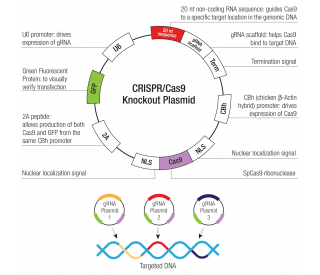
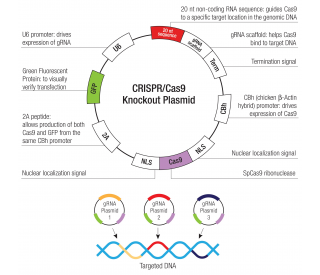
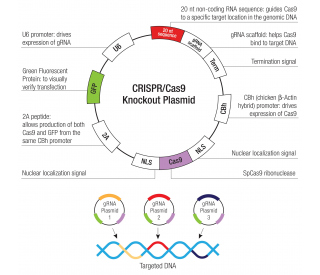
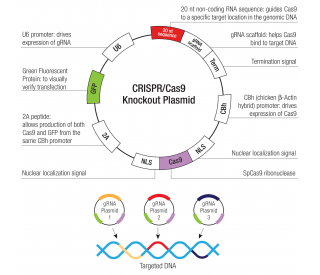
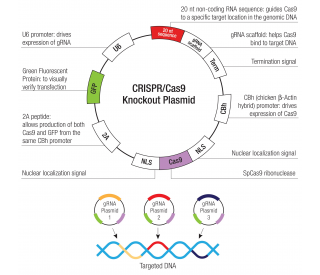
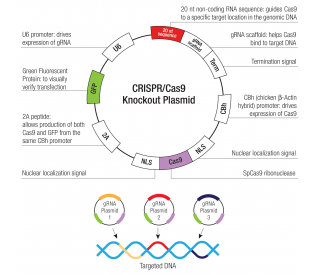




 粤公网安备44196802000105号
粤公网安备44196802000105号